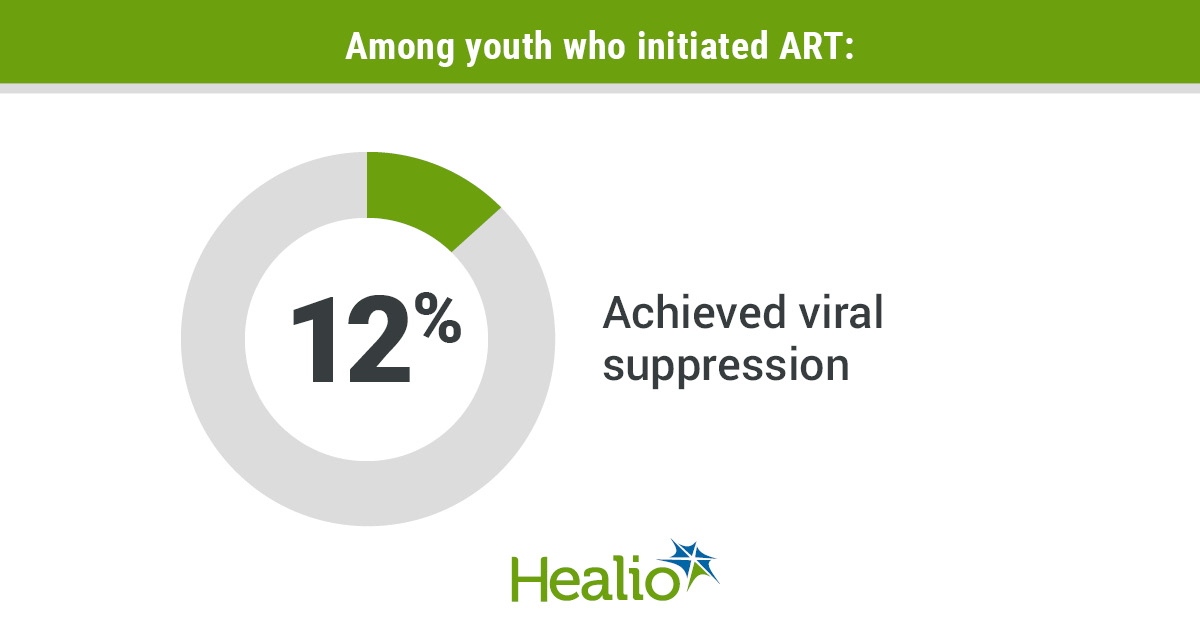Few adolescents with HIV achieve viral suppression within 5 months
Click Here to Manage Email Alerts

Just 35% of adolescents with HIV aged between 12 and 24 years achieved viral suppression within 5 months after initiating ART — representing just 12% of total participants in a study conducted at 13 urban U.S. HIV care centers — making them far less likely than adults to reduce their viral loads to undetectable levels, researchers reported.
According to a study by Bill G. Kapogiannis, MD, a pediatric infectious disease specialist at the Eunice Kennedy Shriver National Institute of Child Health and Human Development, and colleagues, adolescents achieved lower rates of viral suppression despite being linked to care at similar rates as adults. The researchers found that youths who were referred to care soon after diagnosis were more likely to achieve viral suppression.
“Our findings suggest youth-friendly coordinators may facilitate better linkage to care from testing sites but highlight significant gaps in achieving durable viral suppression,” Kapogiannis, told Healio. “This underscores the importance of further studies on how to best tailor HIV intervention services to the needs of youth so that health outcomes can be improved, and the onward transmission potential of HIV reduced.”
The study identified 1,411 HIV-infected adolescents not in care between October 2012 and September 2014 at the 13 trial sites. Among them, 75% (n = 1,053) were linked to care, 59% (839) engaged in care and 34% (473) were retained in care at a trial site, the researchers reported. ART was initiated in 34% (n = 474), and 35% (166) of those patients achieved viral suppression after a median follow-up of 4.8 months, representing 12% of the trial population.

“The findings underscore the need to engage youth with newly diagnosed HIV promptly from the first point of contact and to maintain frequent contact from the outset in ways that appeal to youth like text messaging, social media and trained peers,” Kapogiannis said.
He said he expected to see lower suppression rates among adolescents compared with adults aged older than 25 years because of a different level of required care.
“Adolescents and young people have unique needs, which, if not comprehensively addressed, can create barriers to health-seeking behaviors like taking medications as prescribed and coming in consistently for care appointments,” he said. “Despite my clinical expectation, it was important to confirm this in the careful, systematic way we implemented in the study so we can take the next step to tailor interventions specifically addressing areas of need.”
He said one example of addressing this would be to improve children’s adherence to taking their antiretroviral medications. – by Ken Downey Jr.
Disclosures: The authors report no relevant financial disclosures.
Editor’s note: An earlier version of this story stated that 12% of participants who initiated ART achieved viral suppression. The story has been updated to reflect that 35% of participants who initiated ART achieved viral suppression, representing 12% of the overall study population. We regret the error.
